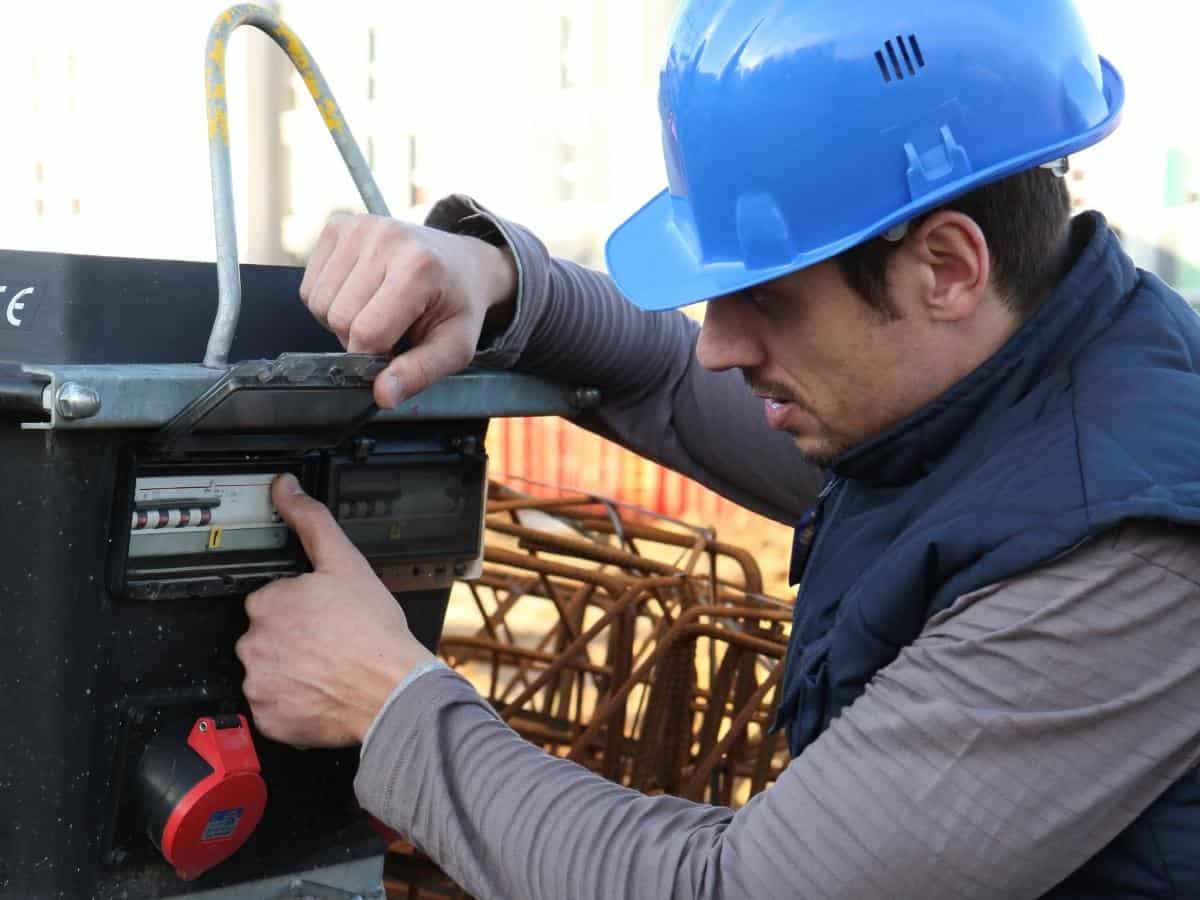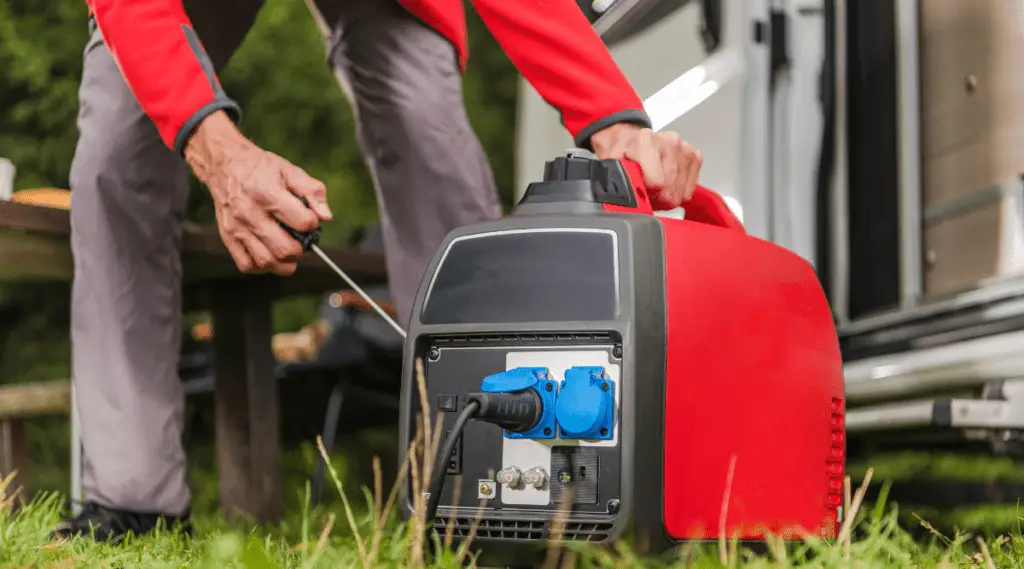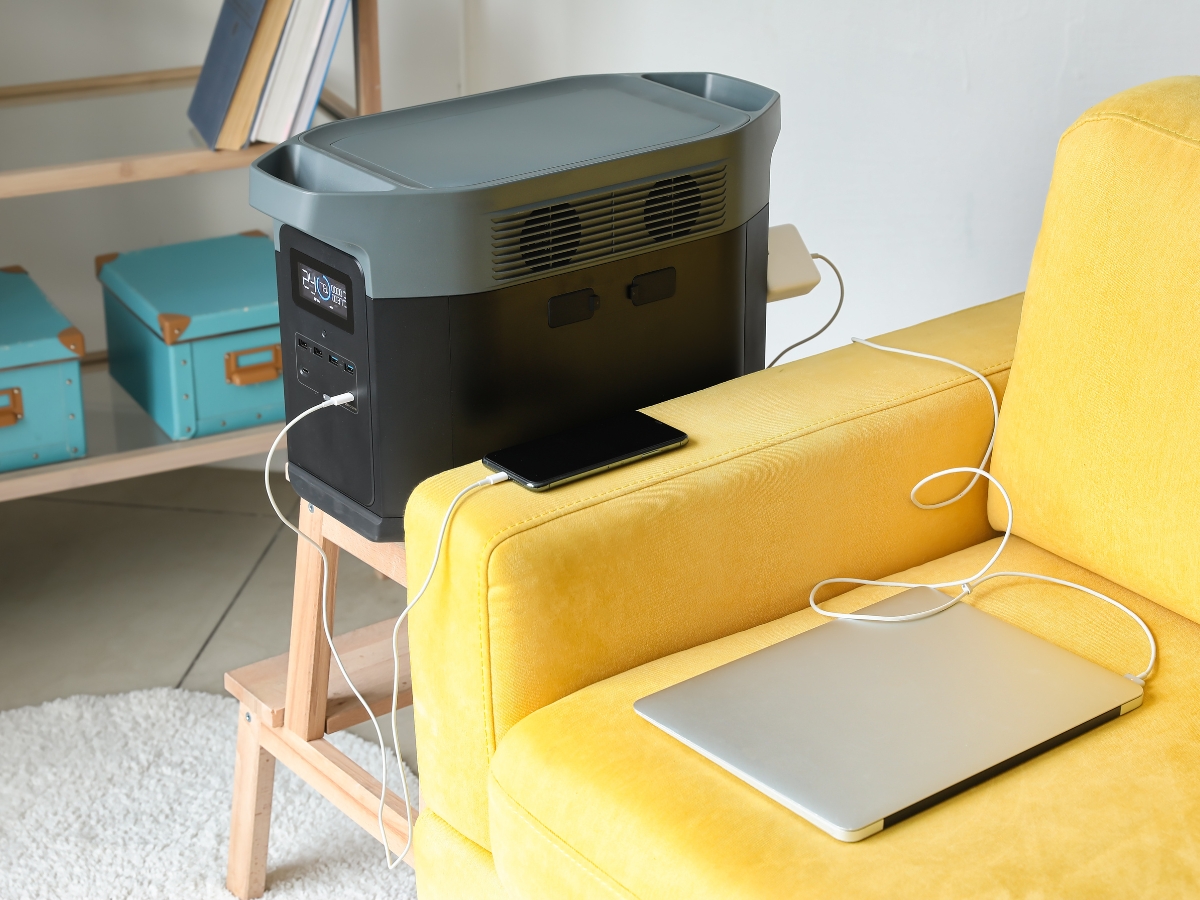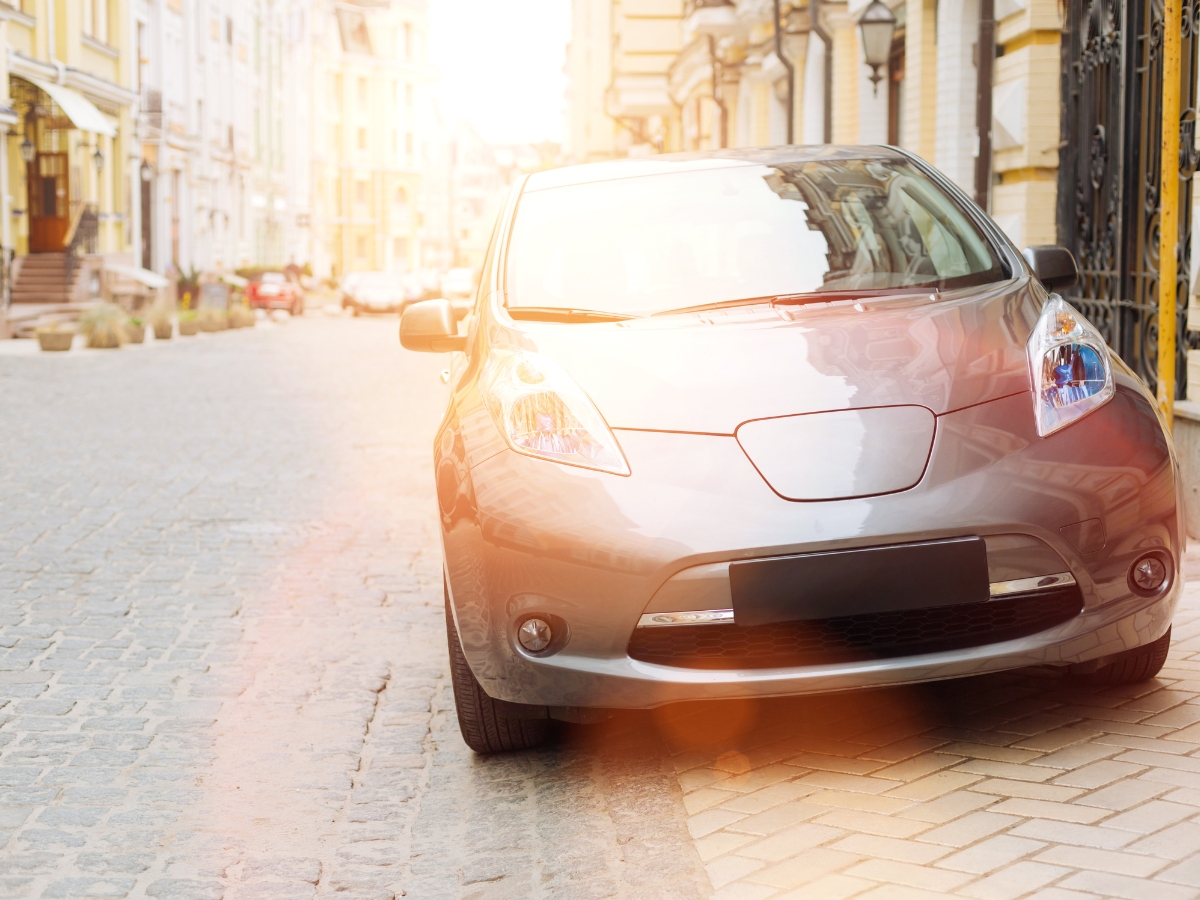Part of owning a generator is knowing how to prime a generator efficiently. Although this is not something you should have to do frequently, it is essential to the startup and function of your generator.
Whether you have been planning an extended camping trip or your generator is part of your everyday off-grid life, your generator is likely an essential piece of your day. Fortunately, if your generator will not start, it probably just needs to be primed.
How to prime a generator depends on which type of generator you have and how old it is. There are several types of Onan generators. In this article, we will cover:
- the basics of priming a generator
- why priming is important
- the difference between standby and prime generators

How Do You Prime a Generator To Start?
How to prime your generator depends on the model and age of your machine. For newer models, priming is made easy with a toggle switch.
Older generators may require priming that is a bit more hands-on. This involves bleeding the fuel line to ensure that the carburetor bowl is full and the entirety of the fuel line is without air. For the generator to start, the carburetor bowl must be full.
How To Prime Onan 5500 or 4000 Generator
To prime an Onan 5500 generator, consult your manual to help you identify the priming toggle switch on the generator. Once you have identified the switch, hold the toggle in the off or stop position. A red light will appear after a few seconds to signal that the engine is fully primed.
You can now try to start your generator. Onan recommends priming for up to 30 seconds, but this time can be shorter or longer depending on your machine.
For the Onan 4000 generator, priming is much the same process. Hold the stop button until the red priming light appears. Repeat the process a couple of times.
A newer, high-quality Onan 5500 or 4000 generators are easy to prime by design. If you have tried to prime your generator several times and it still will not start, something else may be mechanically wrong with the generator.
How To Prime Older Generators
Manually priming a generator is a bit more mechanically involved. This requires some know-how. You will need to consult the manual that came with your generator to determine how best to bleed the line and manually fill the carburetor so the generator can fire and start.
Do I Need To Prime a Generator?
You will need to prime your generator only if recommended initially and subsequently if you are experiencing air or startup issues.
If you are wondering how to start an Onan RV generator, you may need to prime it before first use to ensure the carburetor bowl is full.
Why Do You Need To Prime a Generator?
Some reasons that you may need to prime your generator include the following:
- Your generator is brand new.
- Your generator won’t start.
- Your generator ran out of fuel.
- You want to maintain a healthy generator.
New Generators
A new generator may require priming before first use. Again, Onan generators make this easy with a toggle switch, but you always want to consult your owner’s manual and follow all instructions on priming your generator before first use.
Generator Not Starting
Priming is usually the first line of defense if your generator is otherwise mechanically sound but will not startup.
Generator Ran Out of Fuel
If your generator ran out of fuel, this likely means air is in places of the engine it should not be. Fortunately, priming is an easy solution to running out of fuel.
Maintaining a Healthy Generator
Some people prefer to quickly prime their generator before each startup to ensure fuel is available. Keeping a steady flow of fuel will ensure the generator remains healthy.

What Is the Difference Between a Standby Generator and a Prime Generator?
Standby generators are meant to be dormant until a power outage occurs, while prime generators serve as the main power supply for a given entity.
There are many brands and types of generators available today, and knowing the purpose of your generator defines the difference between a standby generator and a prime generator.
Standby Generators
The function of a standby generator is in its name. It is meant to be dormant until a sudden power outage occurs. You will connect the standby generator to the local power supply. If there is an outage, the generator automatically turns on to provide essential power.
These generators are not meant for extended, long-term use but rather in the event of emergencies, such as severe storms or car accidents that lead to power outages.
A standby generator is typically a classic internal combustion engine that works with an electric generator. These can use natural gas, propane, diesel, or other fuel.
Prime or Continuous Generators
A prime generator is a primary power source for an RV, camp, tiny house, or construction site. These can run for long periods and function similarly to standby generators.
The difference is that instead of automatically coming on when needed, you choose when a prime generator starts.
Prime generators also provide overload power, while most standby generators do not.
What Is the Difference Between Standby, Continuous, and Prime Power Ratings?
The power rating of a generator refers to how much power you can use at the variable load for an unlimited number of hours. Power ratings vary depending on the type of generator and its design.
Standby Power Rating
A standby power rating is somewhat more limited than a continuous or prime power rating. It cannot run for unlimited amounts of time continuously. However, the generator can run at 100% for a shorter amount of time.
Continuous Power Rating
A generator with a continuous power rating differs from both standby and prime power ratings. A continuous power rating means the generator can run for an unlimited amount at 100% capacity.
These are well suited to off-grid locations that require a full-time power source, such as a farming operation or construction site. It is essential to have a continuous power-rated generator for this type of situation, as other generators may not be able to function under such heavy use.
Prime Power Rating
A prime power-rated generator is most typically used in camping or RV settings because it can operate for unlimited hours with a variable load. It is ideal for RVs because you may use more electricity at certain times of the day or need very little.
However, it is essential to note that you should not consistently run your prime generator below 50% capacity because this can lead to improper fuel burning.
Safety and Maintenance When Priming a Generator
Of course, health and safety should be the first consideration when using a generator in any setting.
Priming your generator is part of its overall maintenance, but it only works when you use the correct fuels and oils to power and lubricate your generator.
Getting familiar with the user manual that came with your generator is essential and will help you properly prime your generator without putting yourself or anyone around you at risk.
References
- Best Practices for Standby Generator Operations and Maintenance | PNNL
- Comprehensive Analysis and Improvement of Efficiency, Emissions and Electrical Power Quality of A Small, Portable, Gasoline-Fueled Generator System – ProQuest
- Diesel Generator (energy.gov)
- Energies | Free Full-Text | Performance Improvement of a Portable Electric Generator Using an Optimized Bio-Fuel Ratio in a Single Cylinder Two-Stroke Engine (mdpi.com)



